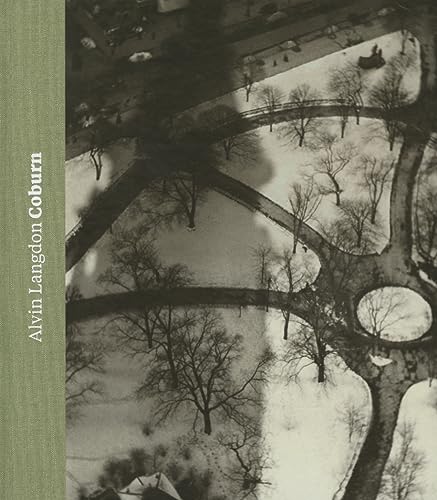fundacion mapfre april 2015 (1 resultados)
Tipo de artículo
- Todo tipo de artículos
- Libros (1)
- Revistas y publicaciones
- Cómics
- Partituras
- Arte, grabados y pósters
- Fotografías
- Mapas
-
Manuscritos y
coleccionismo de papel
Condición
- Todo
- Nuevos
- Antiguos o usados
Encuadernación
- Todo
- Tapa dura
- Tapa blanda
Más atributos
- Primera edición
- Firmado
- Sobrecubierta
- Con imágenes del vendedor
- Sin impresión bajo demanda
Ubicación del vendedor
Valoración de los vendedores
-
Alvin Langdon Coburn
Publicado por Fundacion Mapfre April 2015, 2015
ISBN 10: 8498444985ISBN 13: 9788498444988
Librería: Hennessey + Ingalls, Los Angeles, CA, Estados Unidos de America
Libro
Hardcover. Condición: New. A key American Pictorialist and a crucial innovator in abstract photography, Alvin Langdon Coburn is a fascinating but often neglected figure in the history of American modernism. As early as 1909, Coburn was making futuristic depictions of New York and Pittsburgh, anticipating modernist architectural photography's classic 'bird's-eye' view. In 1912, in New York, working with the Cubist artist-poet Max Weber, he developed this idiom a step further, photographing New York from the pinnacles of skyscrapers. The following year he published 'Men of Mark,' which featured portraits of authors, artists and statesmen, including Henri Matisse, Henry James, Mark Twain and Theodore Roosevelt. In 1914 Coburn relocated to London, participating in the British Vorticist movement, led by Wyndham Lewis and Ezra Pound; Coburn's series of multiple exposures and 'Vortographs' were the first truly abstract photographs. So why is Coburn not better known today? After 1920 he deliberately withdrew from the photo world (though he never gave up photography) and retired to rural Wales, where he immersed himself in painting, music composition and Freemasonry. In the 1950s he was rediscovered and championed by Beaumont and Nancy Newhall of George Eastman House, to which he bequeathed almost 20,000 prints and negatives along with cameras, correspondence and ephemera. This beautiful volume, published to accompany a show at George Eastman House and drawing on a wide range of public and private collections, reveals his work and legacy for a new generation.Alvin Langdon Coburn (1882-1966) was born in Boston, Massachusetts, in 1882. He was given his first camera at the age of eight, and quickly developed a precocious talent for both visual composition and technical proficiency. He exhibited frequently in both America and Europe from early on in his career, and published several photobooks, including 'New York' (1912), by which time his international reputation was at its peak (George Bernard Shaw even called him 'the greatest photographer in the world'). He died in Wales in 1966.


